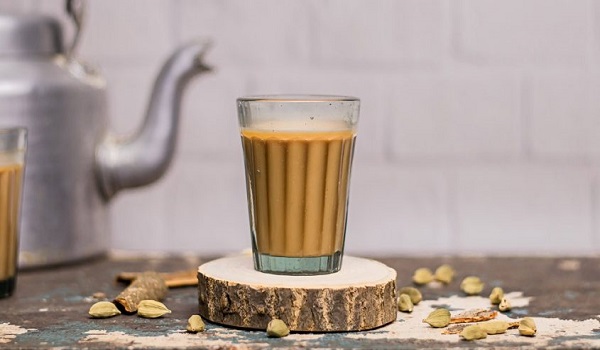The term “chai tea” is a prime example of how language, culture, and history converge in nuanced ways, often sparking debates about cultural appropriation, historical context, and linguistic redundancy. To fully understand the implications of this term, it’s essential to explore the origins and cultural significance of chai, the impact of colonialism on tea culture in India, and the evolution of this beverage in the global market.
The Origins of Chai
In India, “chai” (चाय) refers to a specific type of tea that is deeply ingrained in daily life and cultural practices. Traditionally, chai is prepared by boiling tea leaves with water, milk, sugar, and a blend of spices such as cardamom, cinnamon, ginger, and cloves. This concoction, known as masala chai, is more than just a beverage; it’s a symbol of hospitality and comfort, often shared among friends and family.
Colonial Impact on Tea Culture
The British colonial era significantly altered India’s relationship with tea. Before the British popularized tea drinking in India, it was not a widely consumed beverage. The British East India Company established extensive tea plantations in India during the 19th century to compete with Chinese tea production, transforming tea into a mass-consumption product. This colonial intervention not only changed agricultural practices but also embedded tea into the Indian lifestyle, albeit initially as a strategy to boost British economic interests.
The Term “Chai Tea”
The phrase “chai tea” emerged as masala chai gained popularity in Western countries. To those unfamiliar with the nuances of Indian tea culture, “chai tea” was a convenient way to market the spiced, milky tea. However, this phrase is linguistically redundant because “chai” already means “tea” in Hindi and several other languages.
The redundancy of “chai tea” has been criticized by many from the Indian diaspora and others who view it as a trivialization of a culturally significant term. This criticism ties into broader discussions about cultural appropriation, where elements of a minority culture are adopted by a dominant culture, often without proper understanding or respect.
Globalization and Adaptation
Western commercialization of chai has led to the creation of beverages like the “Chai Tea Latte,” popularized by coffee chains such as Starbucks. This adaptation blends traditional Indian flavours with Western consumer preferences, often resulting in a sweeter, less spiced version of masala chai. While this fusion makes chai accessible to a global audience, it also raises questions about authenticity and cultural sensitivity.
The Debate: Cultural Sensitivity vs. Global Appeal
The “chai tea” debate encapsulates the tension between preserving cultural authenticity and embracing globalization. On one hand, the use of “chai tea” can be seen as a form of cultural dilution, stripping the term of its rich cultural context. On the other hand, it reflects the global appeal and adaptability of traditional flavours, bringing a piece of Indian culture to a broader audience.
The discussion around “chai tea” is more than a linguistic quibble; it is a reflection of historical legacies, cultural identities, and the dynamics of globalization. As we navigate a world where cultures continuously intersect and influence each other, it is crucial to approach such terms with awareness and respect for their origins and meanings. This not only honours the cultural significance of traditional practices but also enriches our global cultural tapestry.


